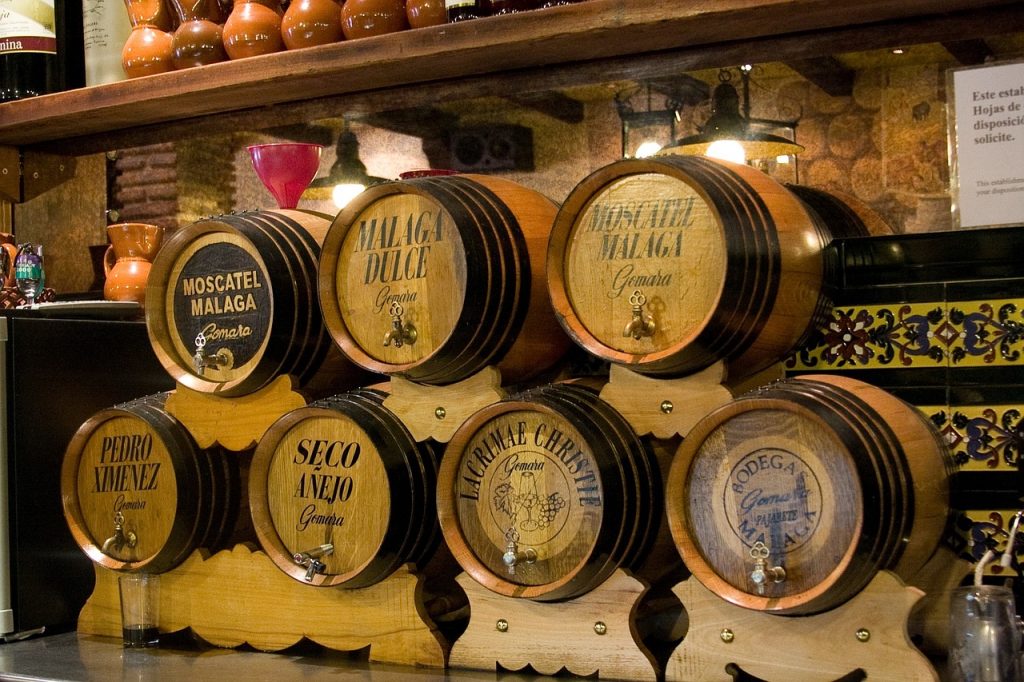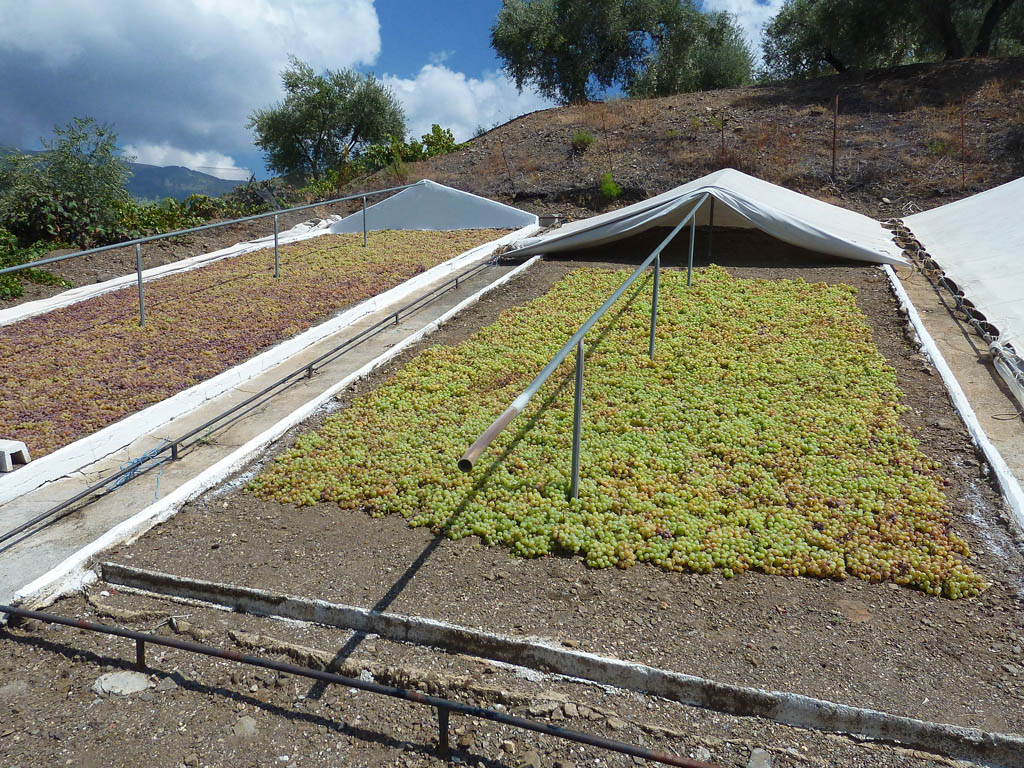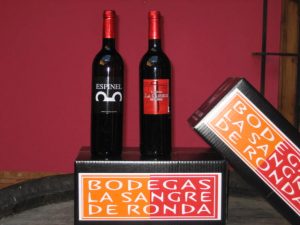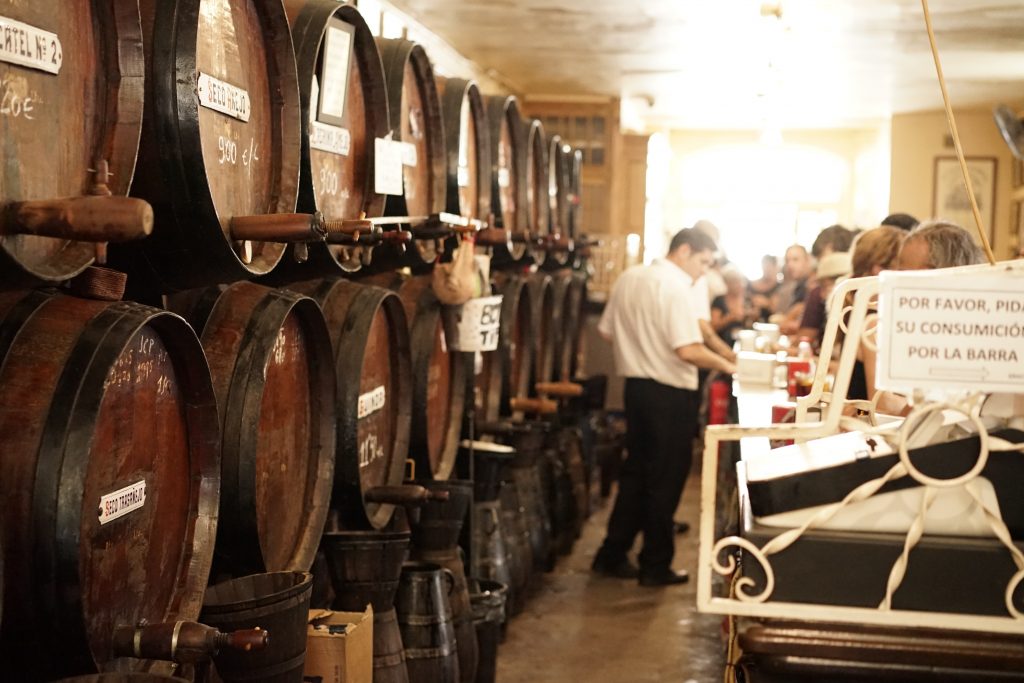MÁLAGA – Málaga province has been producing wine since the Phoencicans arrived almost 3,000 years ago. Discover the wines of Málaga and one of the world’s oldest wine regions with InSpain.news.
What the Phoencicians started, the Greeks and Romans continued, and with Spain a Roman stronghold wine production also continued. By the nineteenth century, Málaga’s production was at its peak. Around 112,000 hectares of vineyards produced wine that was exported around the world from Málaga port.
Unfortunately, a severe case of phylloxera devastated the vines. However, the province has recovered and is taking its place amongst the most appreciated Spanish wines.
Málaga vineyards today

Today, there are 3,800 hectares of vineyards in Málaga. The Muscat and Pedro Ximenez grapes predominate, creating wines on sweeter end of the scale. Málaga’s diverse topography and micro-climates make the province’s wines unique.
There are five wine producing regions with the Designation of Origin “Málaga” and “Sierras de Málaga”. We take a quick look at each.
Axarquía

Traditional methods still reign in La Axarquía (east of Málaga), with vineyards often located on the sides of very steep hills. With gradients of 45-60%, mules and manual labour carry the harvested grapes from hillside to the bodega.
As a result, these wines are some of the most artisanal in Europe. This also follows with the production of raisins, where the farmers lay out the grapes in what appear, from a distance, to be long graves. They are in fact paseros, oriented to catch as much sun as possible. The bunches or clusters of grapes are turned and separated by hand; a process known as asoleo.
Two-thirds of Málaga’s vineyards are in the Axarquía. The Muscat grape is the most common variety, which has been cultivated in this area for more than 2,000 years. Last year, Sur in English reported the local wine producers expected to pick four million kilos of grapes.
You can follow the “Ruta del Sol y del Vino” (Sun and Wine Route), which passes through some of its main wine producing municipalities: Algarrobo, Sayalonga, Cómpeta, Canillas de Albaida, Torrox, Nerja and Frigiliana.
During the harvest season (August-September) many of the villages hold festivals to celebrate and where you can taste the local wine.
Ronda
Almost half Málaga’s Designation of Origin “Málaga” and “Montes de Málaga” wineries are in Ronda.
However, it is small-scale production that the region is best known for. The still wines – white, rosé and red wines – are produced mainly with Chardonnay, Cabernet, Merlot, Syrah and Tempranillo.
The sandy soil situated 700 metres above sea level, the cold winters and warm summers characterise the Rondeño wines. They go very well with meats and cheeses.

The wines of Ronda have a long history and tradition. The remains of the Roman city of Acinipo are very close to Ronda. What makes this so interesting is the name means region of wines. Clearly, the Romans were producing wine here. This is also backed up by decorations found among the ruins which show clusters of grapes.
The most famous wine from Ronda is probably from Bodegas La Sangre de Ronda (The Blood of Ronda).
Montes de Málaga

Málaga city is surrounded by a mountain range called Montes de Málaga. This is the highest area in the municipality of Málaga, as well the coldest and rainiest. These conditions make the vineyards diverse with microclimates that provide complexity.
There are around 300 hectares of vineyard, though only 15 belong to the Designation of Origin. The most common grape varieties are the Pedro Ximénez and Muscat.
 Many wines from the Montes de Málaga area are naturally sweet wines and sparkling wines. Traditional wineries such as Antigua Casa de Guardia (the oldest inn in Malaga) or Quitapenas produce and sell them.
Many wines from the Montes de Málaga area are naturally sweet wines and sparkling wines. Traditional wineries such as Antigua Casa de Guardia (the oldest inn in Malaga) or Quitapenas produce and sell them.
Some of the most famous wines of Málaga come from this region, such as Pajarete. It is a liqueur wine with a fairly high sugar content, subject to a minimum aging of two years. It has a very distinctive flavour and is one of the most popular.
Manilva

Manilva is close to Cádiz province and has been producing Málaga wines since the 16th century.
The predominant grape variety is the Muscat grape, though they also use Syrah, Cabernet Sauvignon, Merlot and Tempranillo. As the area has a warm climate with little rainfall, most of the grapes are solely for raisin production.
However, Nilva is a Manilveño wine that is making it on to the wine lists of some of the world’s best restaurants. The bodega also has a wine tour where you can enjoy wine tasting, understand the wine process and a museum.
North

Antequera, Fuente de Piedra, and, especially Mollina, produce some of the most traditional wines from Málaga. Unlike other areas such as Axarquía or Montes de Málaga, the vineyards grow on a completely flat surface with soils rich in nutrients.
500 of the 800 hectares obtained the Designation of Origin. There’s a wide range of “still wines” (red, rosé and white) included in the Denomination of Origin “Sierras de Málaga” and the naturally sweet and liqueur wines (dry, semi-dry, semisweet and sweet) within the Denomination of Origin “Málaga”.
Many are produced under the name of “Mollina Lands” belonging to the cooperative “Virgen de la Oliva”, the only wine cooperative in Málaga province. Another highlight of this region is the brand Málaga Virgen.


